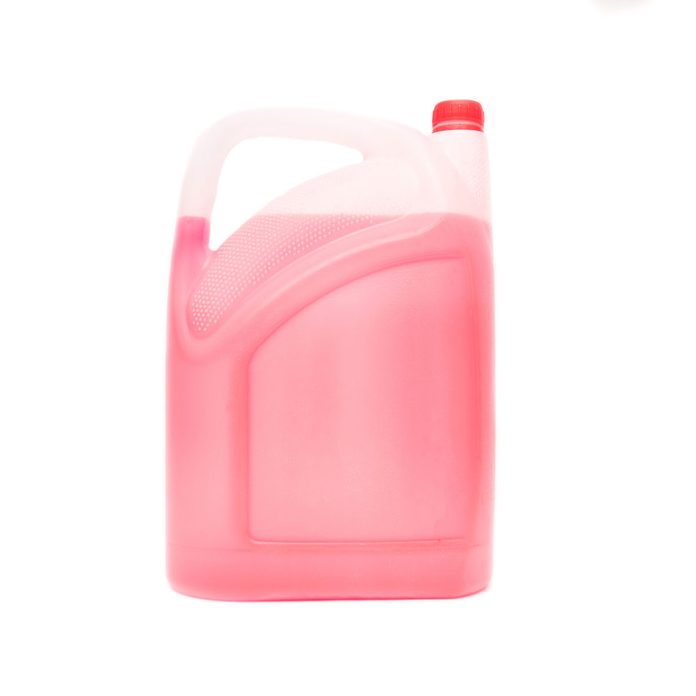
Antifreeze Poisoning
Whether from a leaking container in the basement or a leaking radiator in your garage, if your dog laps up even a few licks of sweet-tasting antifreeze, it can cause lethal kidney failure. Always keep antifreeze safely stored where pets can’t reach it. If you think your dog has ingested antifreeze, contact your vet immediately. The longer you delay seeking help, the worse the outcome.
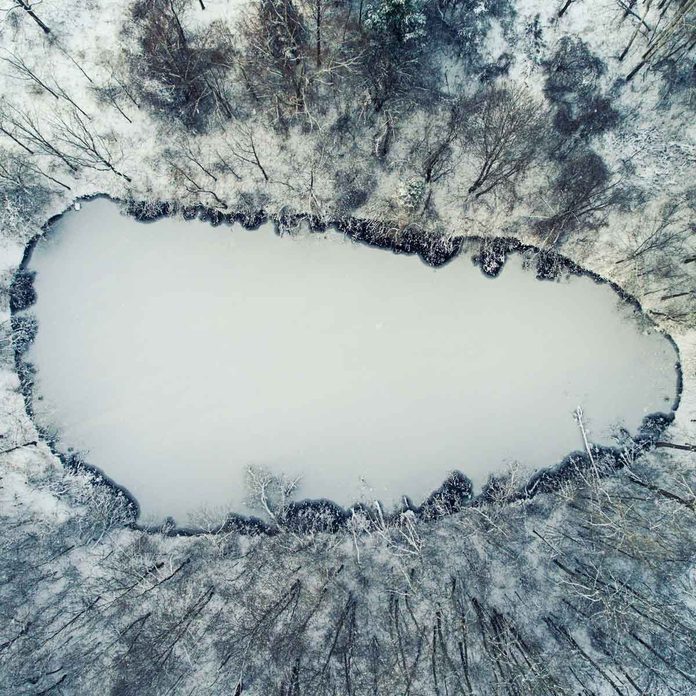
Snow Covered Ponds
Snow obscures frozen ponds. That poses a drowning danger if your dog runs across and falls in, explains veterinarian Sarah Wooten, a member of the American Society of Veterinary Journalists and a contributor to Great Pet Care. “Keep your dog on a leash in areas where there is standing or running water,” she says.
If your dog falls through ice, call 911 and let the first responders do what they’re trained to do. DO NOT go in after your dog.
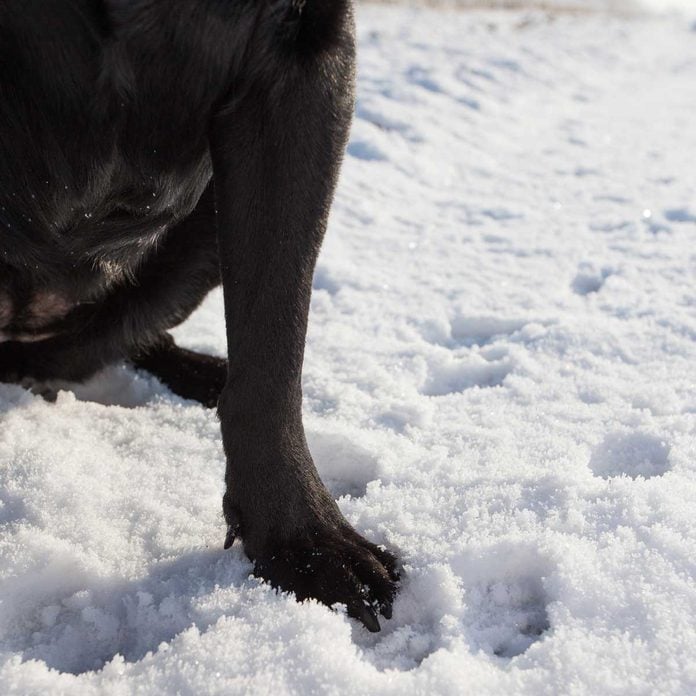
Ice Balls on Paws
Painful ice balls can build up on their paws. “You can train your dog to wear booties or ask your groomer to trim the hair on the underside of the paws short to minimize ice buildup,” Wooten says. If your dog does come into the house with ice balls on their paws, Wooten suggests a warm water paw rinse. After the ice balls are gone, apply Shea butter to paw pads if they look dried out.
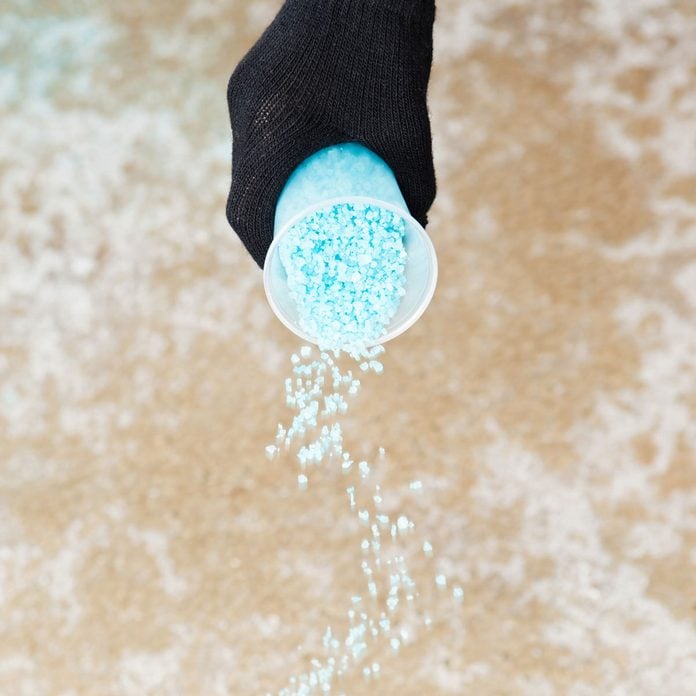
Rock Salt
Rock salt is dangerous because it can cause chemical burns on paw pads. And if a dog consumes enough of it, it can lead to dehydration and possible sodium poisoning.
“Sodium chloride, which makes up snow salt, can prove toxic to dogs, depending on the amount consumed and the weight of the dog,” says Jamie Richardson, medical chief of staff at Small Door Veterinary in New York City. Use sand, dirt or wood ash as an alternative. If your dog has consumed a lot of rock salt, contact your vet immediately.
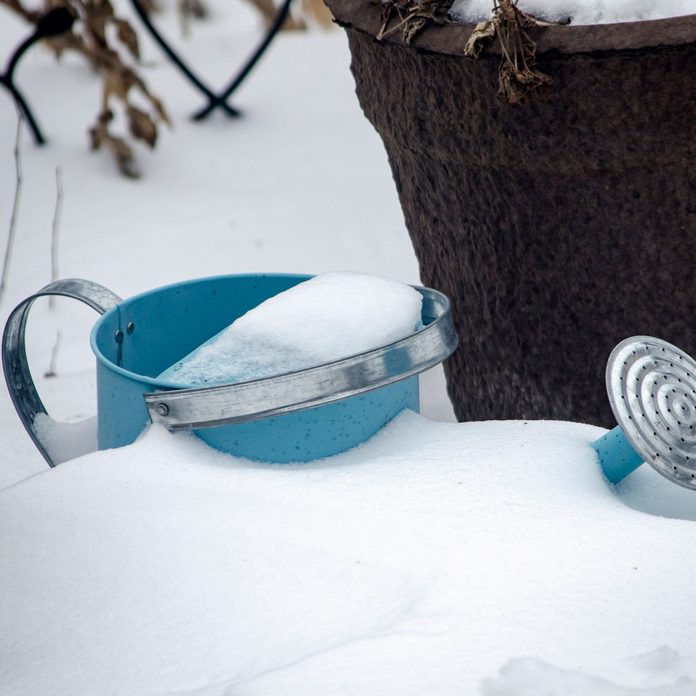
Sharp Objects Buried Under the Snow
Once snow covers the ground, it’s difficult for dogs to see things like jagged rocks, sharp edged toys, even left-out garden tools, says Julie Burgess, a certified veterinary technician and dog trainer.
“Remove any sharp objects from your property before the snow flies,” she says. “These can include gardening tools such as shovels, rakes, and lawn edging.” Avoid letting your dog run anywhere there may be large rocks.

Hypothermia
Small breeds, toy breeds and puppies are much more susceptible to hypothermia than big dogs, Wooten says. Dogs are just as sensitive to cold weather as people, so hypothermia is a risk if they’re exposed to extreme temperatures. If you notice your dog shivering, bring them inside and wrap them in a sweater or blankets, says Wooten. Always limit outdoor time in the cold weather.
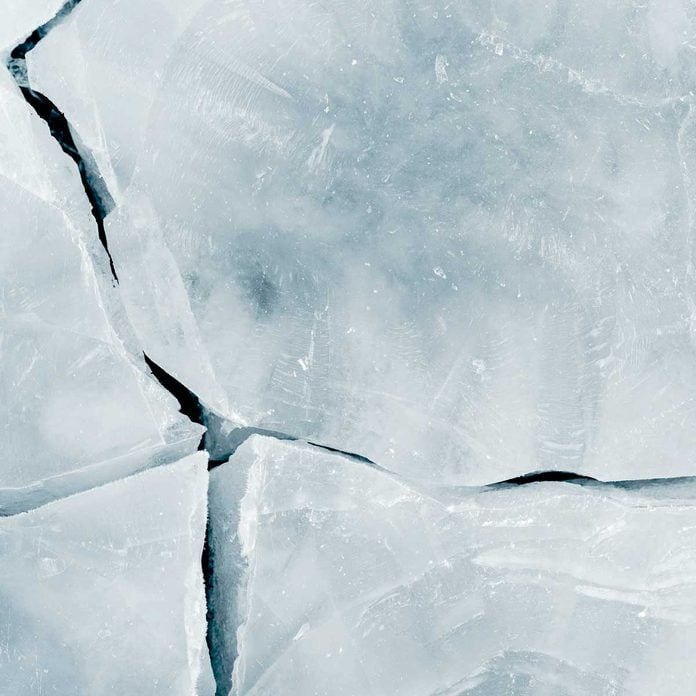
Jagged Ice and Snow
Ice and snow that hardens and cracks has sharp and jagged edges, almost like a knife. “Both of these can puncture your dog’s skin or become lodged in between their paw pads should you dog step or fall on sharp shards of ice,” says Burgess.
Clear away ice and snow in areas where you walk or play with your dog. If your dog cuts itself, make sure to keep the cut clean to prevent infection and consult with your veterinarian if you think stitches may be needed.
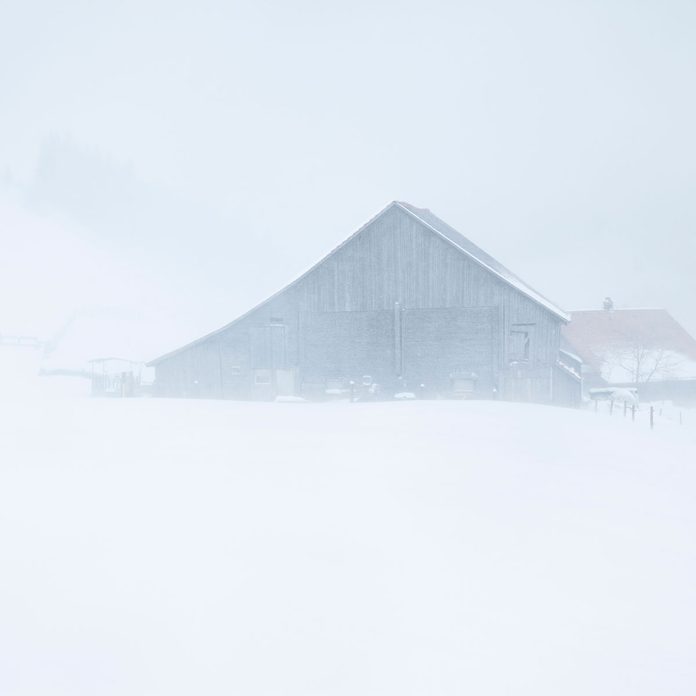
Blizzard Conditions
Blowing snow and whiteout conditions make it impossible for you and others to find your dog if it gets lost or runs away. Whether you’re walking on the street or simply letting your dog out the back door, use a reflective dog collar so your pup is easier to spot if they get loose, says Burgess.
If your dog goes missing in the snow, start looking for them right away as dogs lose their sense of smell more easily in the snow. Alert your neighbors, local authorities and animal shelters as well.
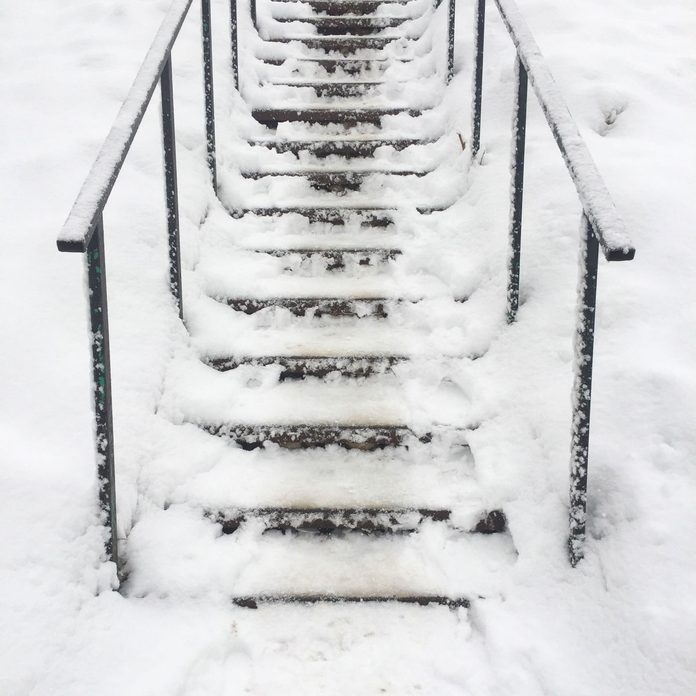
Icy and Slick Surfaces
Icy surfaces, especially stairs and steps, are just as dangerous for dogs as they are for humans. Older dogs or those with arthritis or mobility problems are most susceptible to falling on slippery surfaces. Like humans, dogs that fall or slip on icy stairs or other surfaces can suffer broken bones, bumps and tears to ligaments.
Try to provide an ice-free path for your dog to do their business. Seek medical attention if your dog takes a spill and starts limping or there is an obvious break.
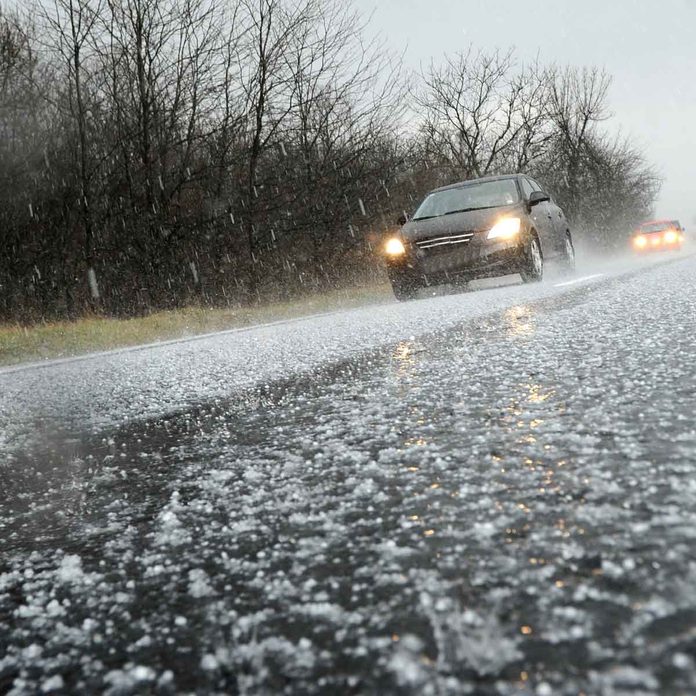
Cars on Icy Roads
It doesn’t matter how safe you are while walking your dog on the street — a car that loses control on an icy road or slides through a stop sign can spell disaster.
In winter, it’s particularly important to pay attention and make sure cars come to a complete stop when you’re out walking your dog. If you have a yard, make sure the fence is secure and your dog can’t escape. Slick conditions make it a lot harder for a car to stop in time if your dog goes running across the street. If your pet loves spending time in the garden, then here are a few tips for fixing pet hazards in your yard.
